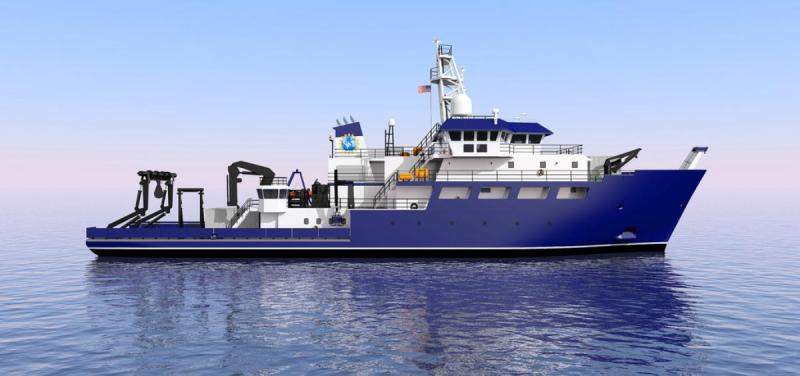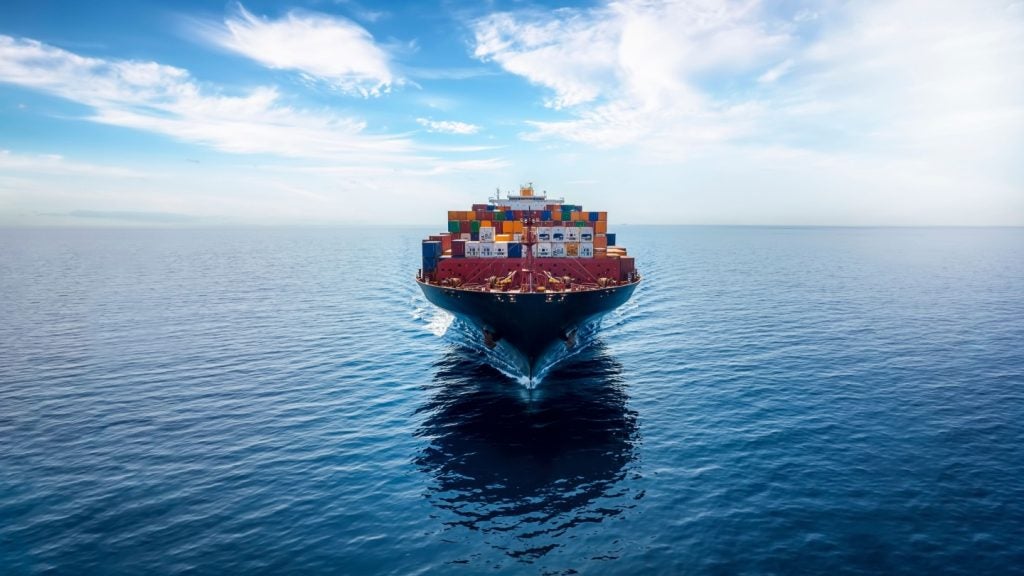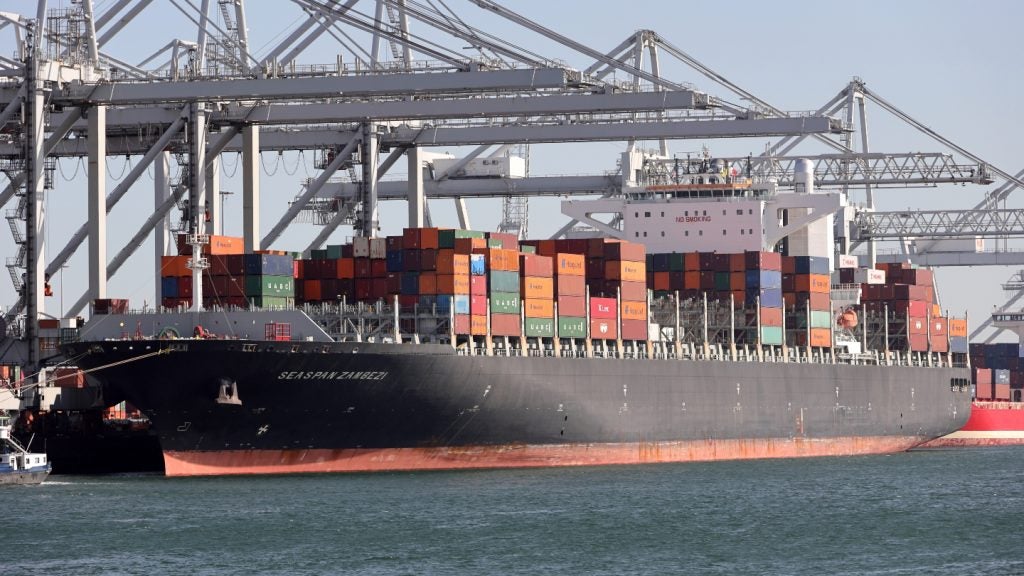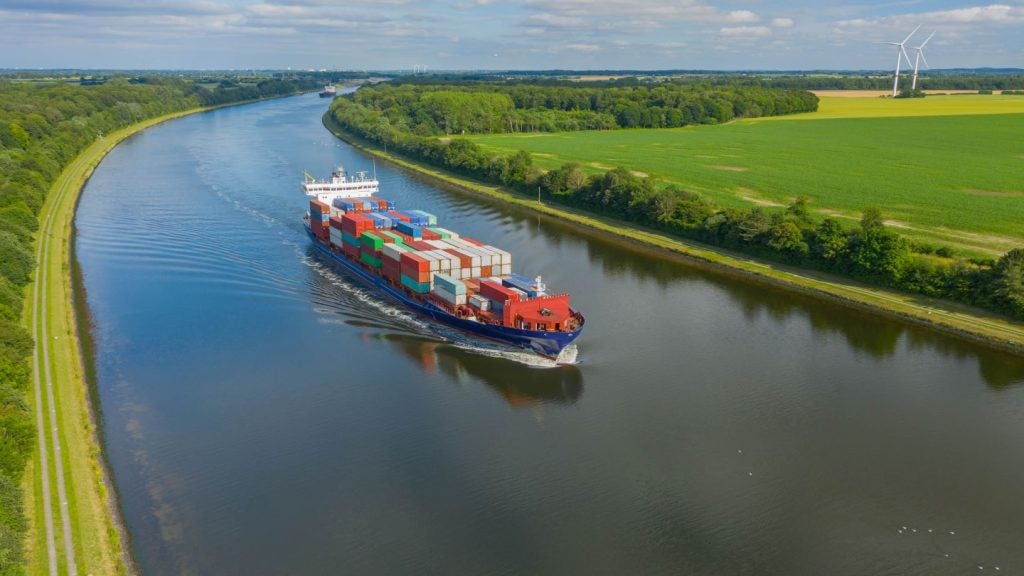
Oregon State University (OSU) in the US has received an additional fund of $88m from the National Science Foundation (NSF) to lead the construction of a second research vessel to improve the country’s ageing academic research fleet.
The fund for the Regional Class vessel has been provided as part of an arrangement between NSF and OSU in 2013.
Under the arrangement, which allows OSU to lead the initial design phase for as many as three new vessels, NSF had previously authorised $365m for the shipbuilding project.
NSF awarded OSU a $121.88m grant last year to begin the construction of the project’s first vessel, which is currently being built by Gulf Island Shipyards, in Louisiana, and will be operated by OSU.
Construction of the vessel is set to begin soon and is scheduled to be delivered to Oregon State in 2021. The vessel is expected to be fully operational after a year of outfitting and testing, following its delivery.
After receiving the latest fund, OSU has already exercised an option within its contract with Gulf Island to build and equip a second ship.
How well do you really know your competitors?
Access the most comprehensive Company Profiles on the market, powered by GlobalData. Save hours of research. Gain competitive edge.

Thank you!
Your download email will arrive shortly
Not ready to buy yet? Download a free sample
We are confident about the unique quality of our Company Profiles. However, we want you to make the most beneficial decision for your business, so we offer a free sample that you can download by submitting the below form
By GlobalDataNSF is yet to finalise the operator of the vessel, which is due to be delivered to its operating institution by 2021.
Oregon State University College of Earth, Ocean, and Atmospheric Sciences dean Roberta Marinelli said: “Rising sea levels, ocean acidification, low-oxygen waters or ‘hypoxia,’ sustainable fisheries, and the threat of catastrophic tsunamis are issues not only in the Pacific Northwest, but around the world.
“These new vessels will provide valuable scientific capacity for better understanding our changing oceans.”
Once completed, the research vessels will feature solutions to perform important seafloor mapping and other activities.
Their sizes will be between 190ft and 200ft long with a range of more than 7,000 nautical miles.
With an 11k cruising speed and a maximum speed of 13k, the vessels will include 16 berths for scientists and 13 for crew members.
They will also be designed to stay out at sea for 21 days before returning to port for fuel and supplies.






